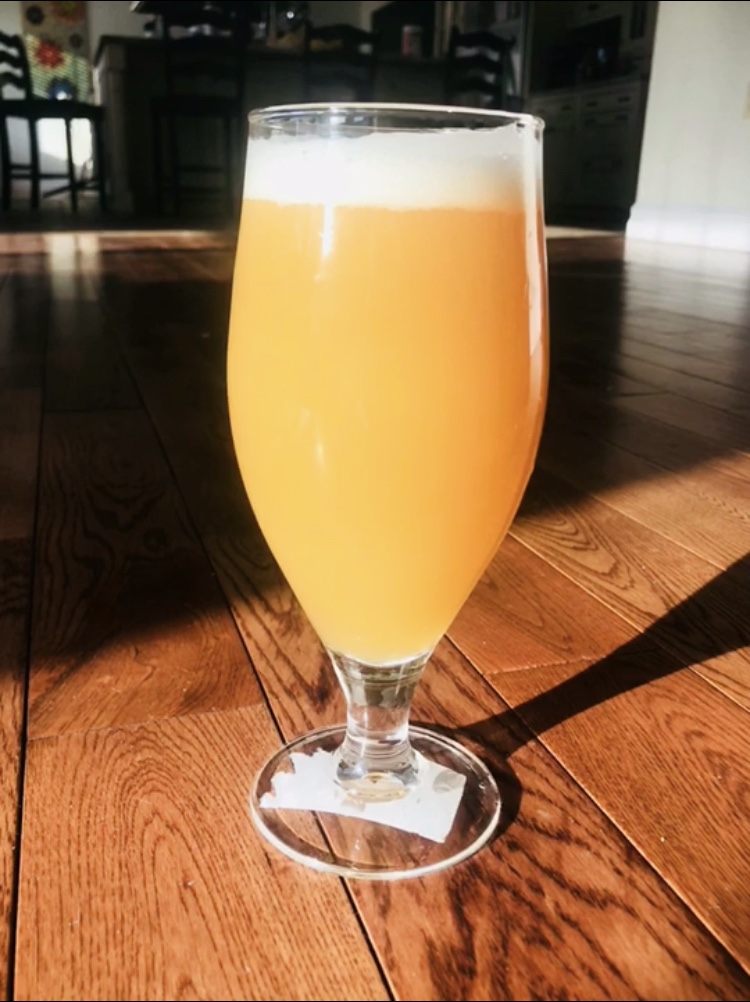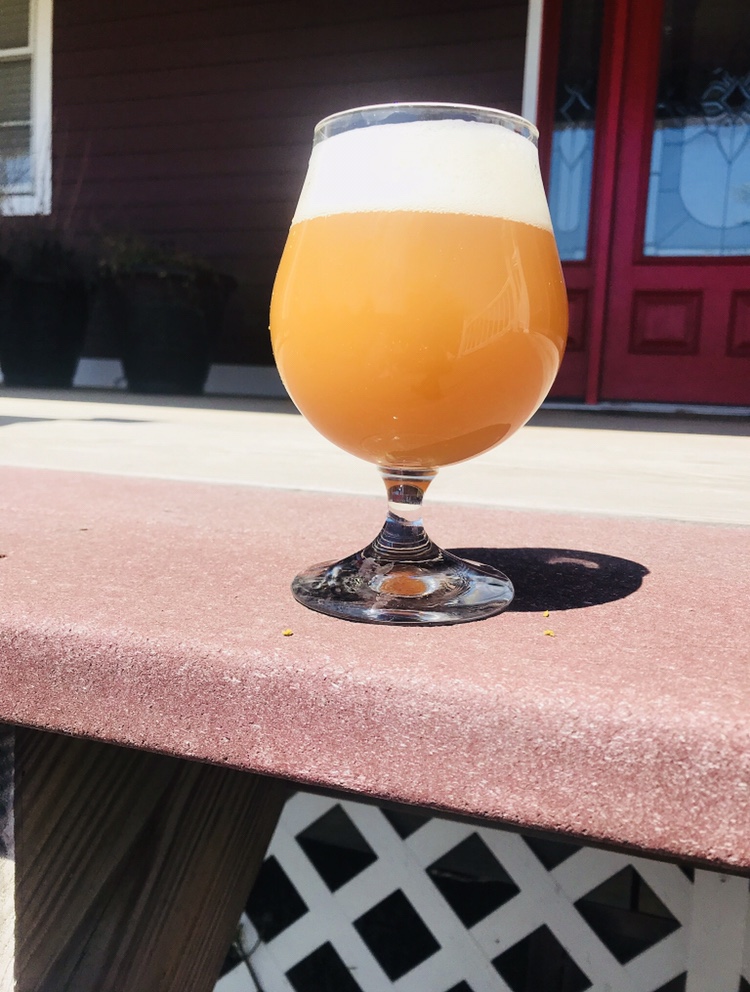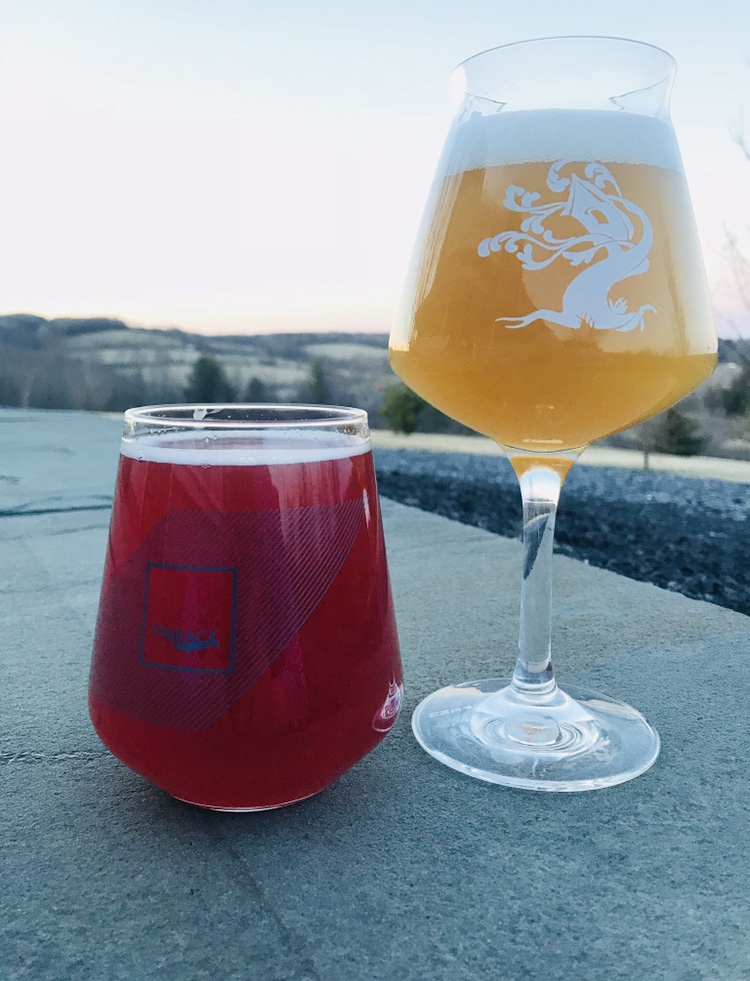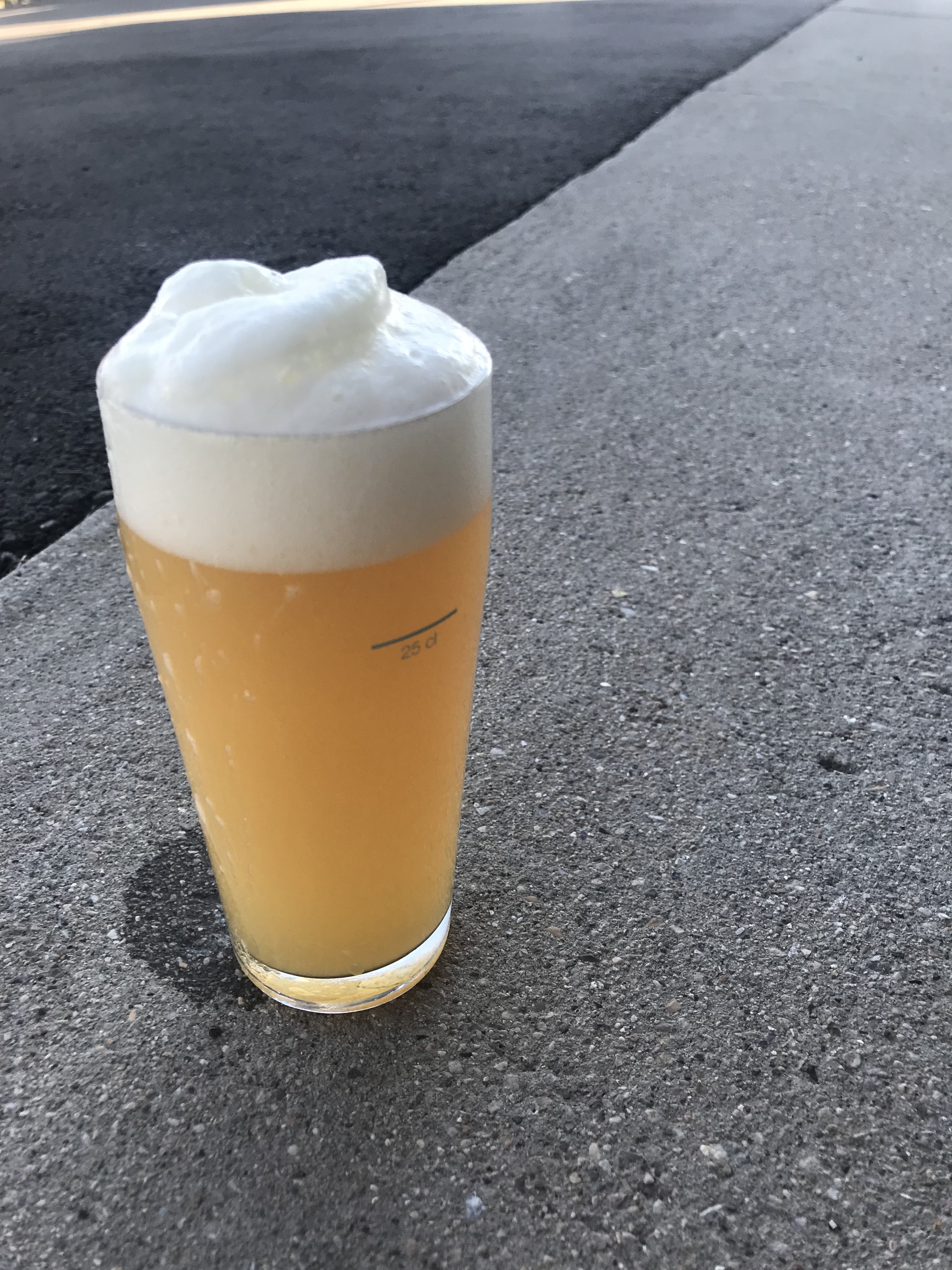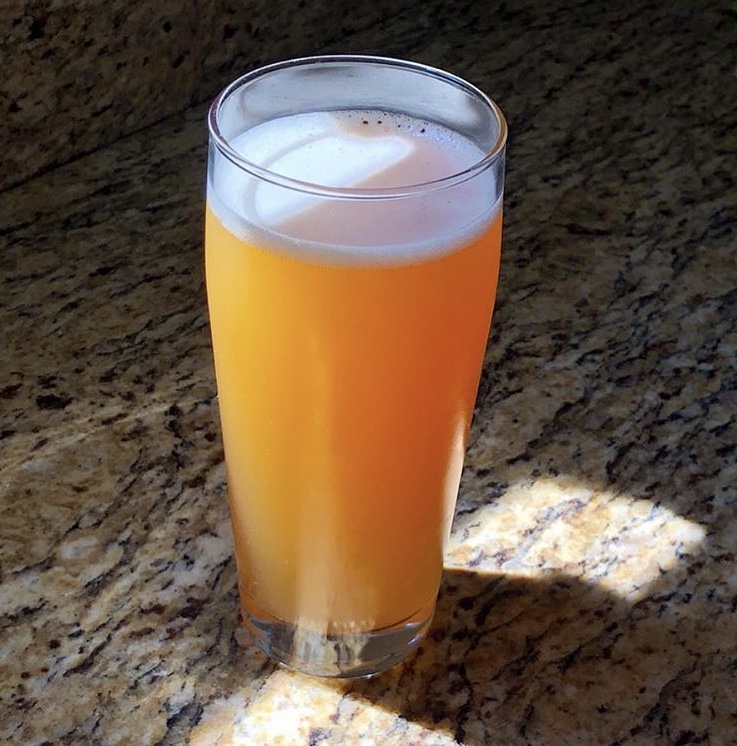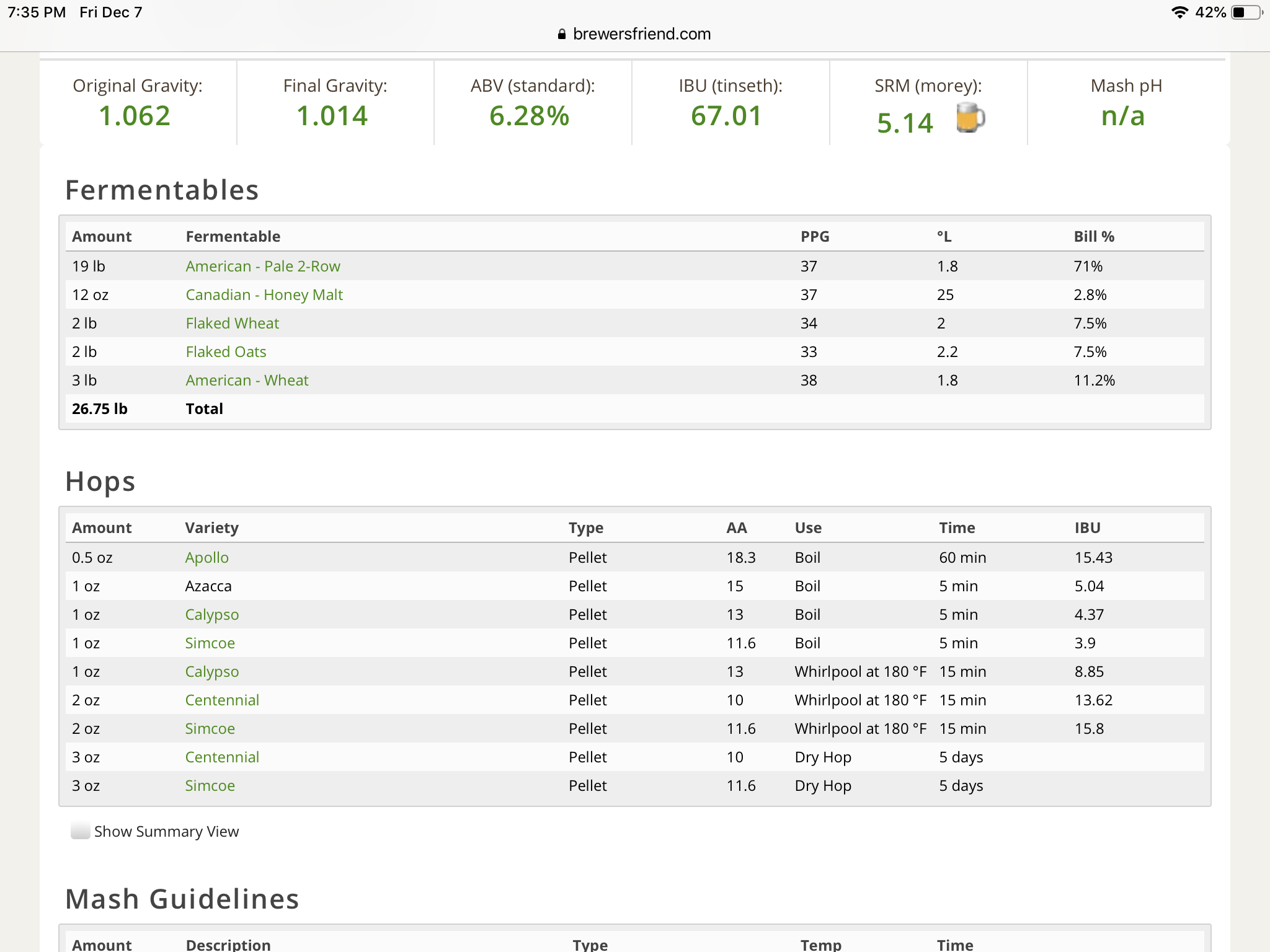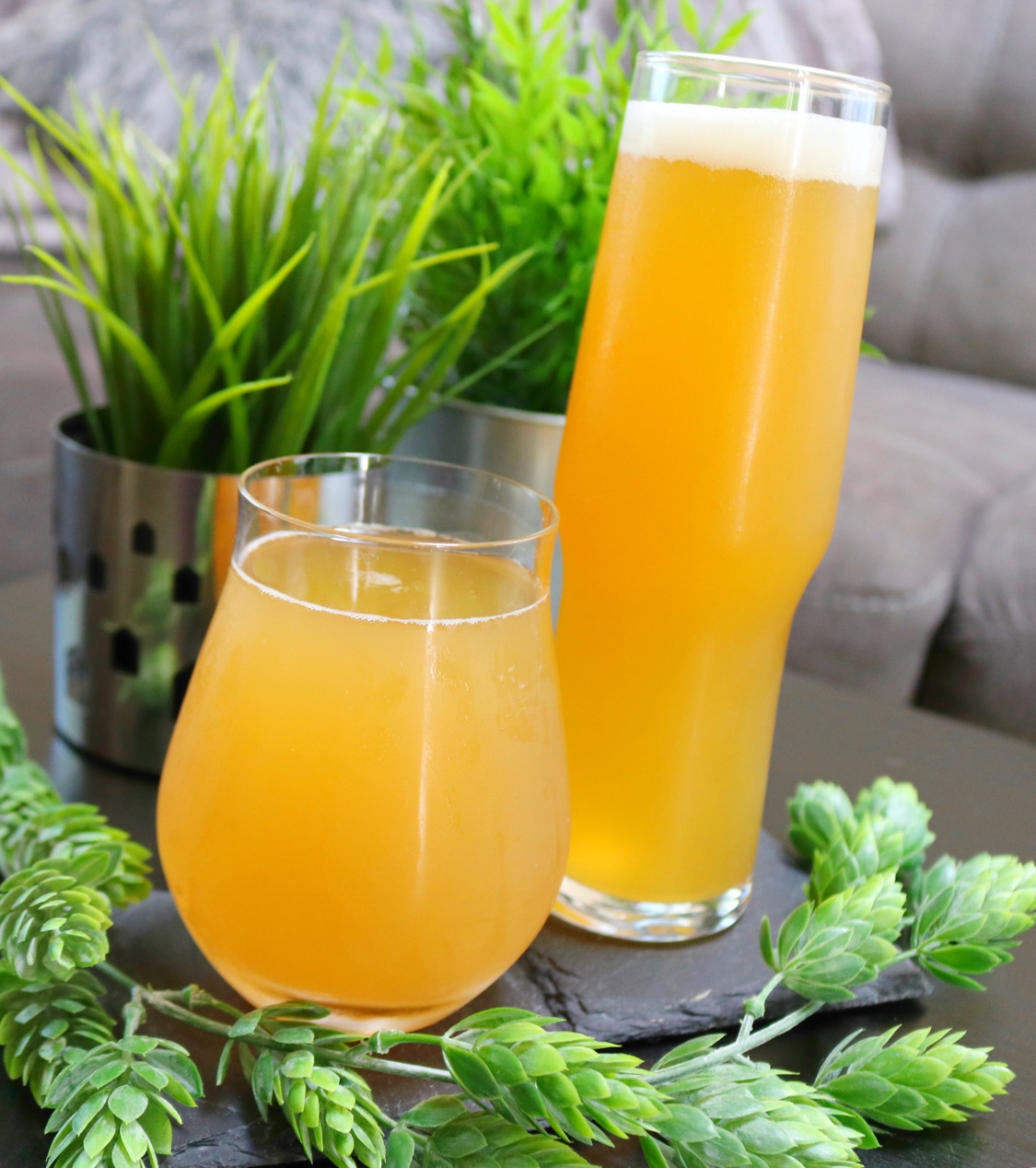beervoid
Hophead & Pellet Rubber
Im interested in your high protein malt comment.Sure looks are important, that wasn’t the point. This is the issue with this style, it’s an Instagram perpetuated style. Just cause it’s hazy and looks like Juice doesn’t mean it’s good. More often than not it’ll actually mean it’s bad. Chalky, astringent, and smells like rotting fruit.
I will say again
Treehouse, Monkish, Hill Farmstead
No flaked adjuncts in most of their beers. They’re the tip of the iceberg in my opinion.
Yes if you use a low protein base malt like Golden Promise or MO you will need to use flaked adjuncts as the starting protein levels of your base malt are already low. However these high protein adjuncts not only have a flavor impact they also have an affect on oxidation and beer stability.
Judging by the beers from HF and TH I’ve had analyzed their Ca additions are not CaCl derived. Cl levels are higher yes but not by using CaCl.
You need to do more research on hop utilization. There are a few more factors that affect bitterness other than time and temp. These other factors have affects on wort proteins as well as fermentation health.
Do you know how hard it is for a professional brewery to drop their wort from 212 to 160 and their hop utilization is way higher than on a homebrew scale. There are benefits to boiling certain hops for certain lengths of time. Some compounds benefit from it. Even juicy/fruity ones believe it or not.
You can make a better permanently hazy beer with aromatics that explode out of the glass, is full and soft, yet disappears mid pallet by not using the cheats that homebrewers created for this style. They couldn’t find any info on how to make these beers cause the originators were tight lipped about their process and ingredients.
Yes there is more than one way to skin a cat. Just depends on the cat you’re trying to skin. I’m trying to make beers similar to the best ones I’ve had all across the US. From my research the best ones don’t do many of the things most people think they do.
I love golden promise for the flavour it brings.
Are you replacing most of the bill with carapils or dextrin malts?
Like 50% dextrin malts 50% pale?



